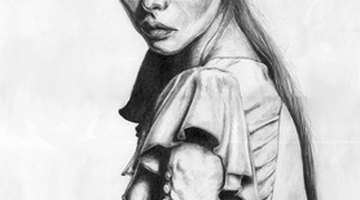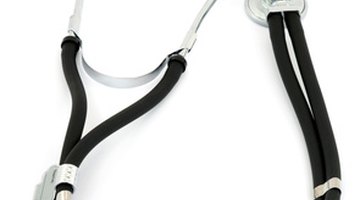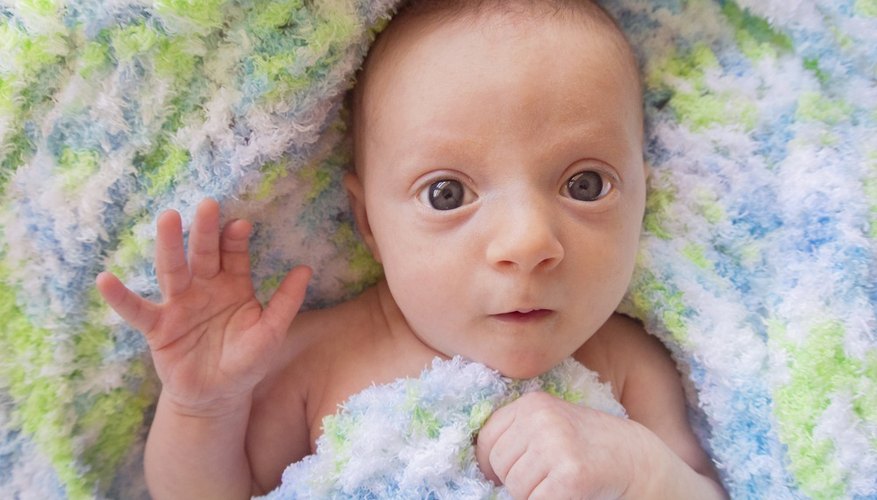Lanugo is the fine, downy hair which grows on the foetus. It is usually shed before birth, but can be present on newborn babies, disappearing within a few weeks. It is replaced by velus hair, the barely noticeable "peach fuzz" which covers most of the human body. It acts as insulation against cold. Lanugo can also regrow on adults in response to certain diseases and dietary factors.
Downy Hair Growth in Adults

The regrowth of fine downy hair in adults is very rare and indicates an underlying problem. It grows mainly on the face and neck although it can grow almost anywhere except the palms, the soles of the feet, the scalp and pubic area.
Amongst the reasons for this growth are hyperthyroidism (over-active thyroid), HIV/AIDS, malignancies and anorexia nervosa. It can also occur as an unwanted effect of certain drugs, including minoxidil, interferon, cyclosporin, phenytoin, spironolactone, and corticosteroids
- The regrowth of fine downy hair in adults is very rare and indicates an underlying problem.
- Amongst the reasons for this growth are hyperthyroidism (over-active thyroid), HIV/AIDS, malignancies and anorexia nervosa.
Downy Hair Growth And Malignancy

Research at the Marquette School of Medicine indicates that downy hair growth in adults may be a sign of internal malignancy. It is most frequently associated with cancers of the breast, lung, uterus, rectum and bladder.
It tends to occur in the later stages of the cancer, though it has been known to appear up to two years before the cancer is diagnosed, and may therefore be an indication that a tumour is developing.
Anorexia Nervosa

The single most common cause of downy hair growth in young females is anorexia nervosa, defined by AllPsych On Line as a psychiatric disorder characterised by an abnormal body image, nervous inability to eat and a profound fear of weight gain.
In addition to providing a reserve of energy, fat insulates the body against cold. As these fat reserves are depleted through starvation, the body responds by growing downy hair on the chest, arms and back in an effort to conserve heat and protect itself from cold.
Differentiating the Causes

The majority of physicians are familiar with anorexia and the potential for the growth of body hair, making for a straightforward diagnosis.
- The majority of physicians are familiar with anorexia and the potential for the growth of body hair, making for a straightforward diagnosis.
However, the growth of this fine downy hair looks exactly the same, whatever the cause. It is of vital importance that the physician takes an extensive medical history and performs a thorough examination to exclude non-malignant causes. If no obvious cause is identified, then screening and monitoring will be necessary to discover any malignancy.
Dealing With Downy Hair Growth
Where an obvious non-malignant cause can be identified, such as hyperthyroidism or adverse reaction to a prescribed drug, treatment of the cause will stop the hair growth. If it is possible to substitute medicines which are causing the problem, this should also resolve the issue.
- Where an obvious non-malignant cause can be identified, such as hyperthyroidism or adverse reaction to a prescribed drug, treatment of the cause will stop the hair growth.
For anorexics, hair growth will cease when they reach and maintain an appropriate healthy body weight.
Where a malignancy is discovered, removal of the tumour generally stops the hair growth. While the hair is still present on the face, cosmetic removal is possible, using depilatory creams or waxing.
Summary
The growth of downy hair in adults is rare and always indicates an underlying problem. Early advice should be sought from a physician. Generally, the cause is benign, but sometimes growth of downy hair can indicate the presence of a malignant tumour. Anorexics very commonly develop downy hair growth on the body as a form of insulation.
- The growth of downy hair in adults is rare and always indicates an underlying problem.
